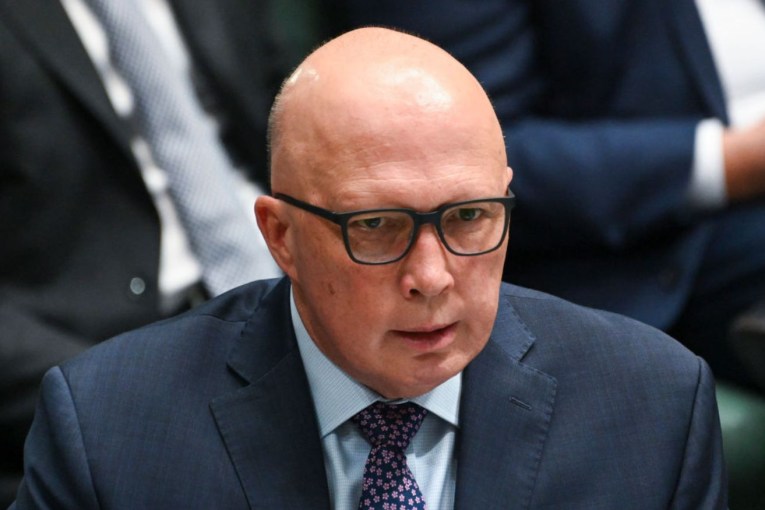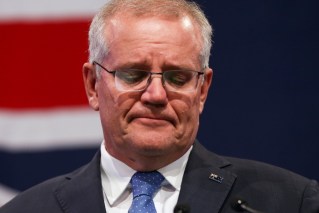Government rejects Greens olive branch, but where to on housing?

The government has rejected the offer of a compromise with the Greens on housing policy, after the party extended an olive branch on Sunday seeking a deal against the backdrop of a mounting shortfall of affordable homes.
A $500 million-a-year housing future fund is stalled in the Senate amid a political stoush with the Greens, who say there is not enough money on the table and are calling for additional market intervention.
The continuing political impasse with the Greens, who hold key balance-of-power votes in the Senate needed to pass the bill, could spell more inaction on a shortage that only threatens to worsen without a political change.
“The Greens have shifted, and now we’d like Labor to,” said housing spokesman Max Chandler-Mather on Sunday.
The party has halved the amount it wants the government to commit to acquiring homes for dedicated use as social and affordable housing to $2.5 billion.
It wants another $1 billion to be spent co-ordinating a national freeze on rent increases for two years and a cap on rent rises brought in after that.

Max Chandler-Mather says the Greens have shifted – now it’s Labor’s turn. Photo: AAP
But Housing Minister Julie Collins said that Australia desperately needed the additional 30,000 homes promised by the fund over the next five years, which the Greens’ demands would sink.
“What we don’t need are proposals that won’t work, are not backed by evidence and would only make our housing challenges worse,” Ms Collins said.
Under the Greens’ proposal, the fund would purchase expiring social housing, off-the-plan homes or otherwise vacant unused properties to add to the existing social and affordable housing stock.
Mr Chandler-Mather said the promise of an additional 30,000 homes was inadequate when measured against the scale of the current shortfall of affordable housing.
“That is not a response to the housing crisis,” he said.
The fund would invest the returns on the investment of a total of $10 billion in assets overseen by the Future Fund, which the Greens have claimed amounts to a “gamble”.
A similar housing future fund proposed by the Grattan Institute, an independent public policy think tank, advocated a $20 billion capital investment.
“If we saw the fund increase by that size, over the next five years, we would see 60,000 dwellings being constructed,” its director of economic policy Brendan Coates told Parliament in March.
“That would be enough to reverse the decline in social housing as a share of the total housing stock.”
The think tank’s research has found that Australia is one of only three nations worldwide in which the housing supply per person has decreased over three decades.
The Coalition and the Greens both oppose the proposal in its current form, setting up a showdown when it comes before the upper house again later this month.
The shortage of private dwellings affordable to low-income renters grew from 48,000 in 1996 to 212,000 in 2016, UNSW research has found.
The average Australian household has grown slightly smaller in recent years, an incremental change recorded across two years of the COVID-19 pandemic and changing habits relating to working from home.
That amounts to additional demand for an extra 2750,000 homes a year, research by the RBA reflecting market changes between 2020 and 2022 has found.
The last Census also increased the number of single-person households being formed, which has been attributed to the dissolution of relationships, not just share houses, under the pressures of the pandemic.
Liberal leader Peter Dutton has been campaigning against a future increase in immigration – which is rebounding after a recent pandemic interruption – saying it will exacerbate a housing shortfall.
Whatever the cause, the number of new residential dwellings has not kept pace.
They are increasing only to about 198,000 annually, including unoccupied dwellings like investment properties.
Grattan research has found that the government appears to be on track to fall short of its election promise to deliver one million new homes over the next five years.
To realise that target, states such as New South Wales would need to contribute nearly 315,000 new dwellings a year, but recent state government forecasts showed a much smaller figure of about 180,000.








